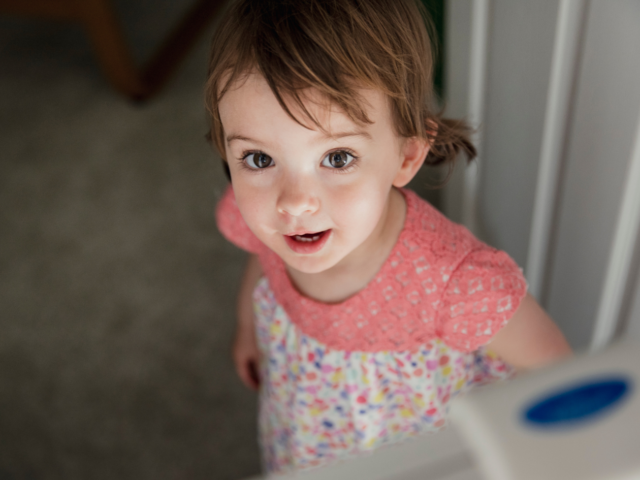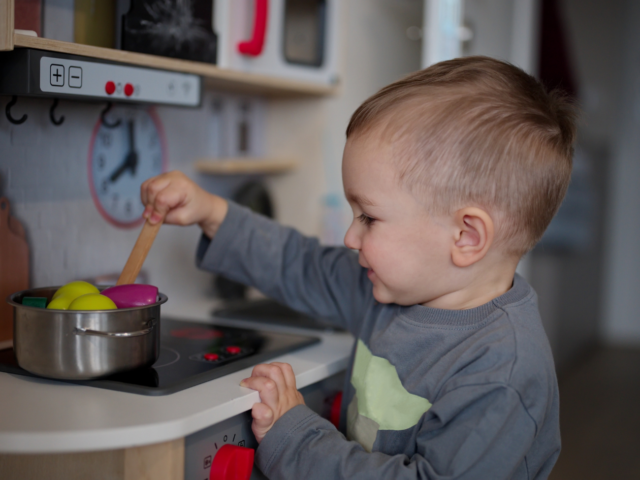Educational disparities and learning loss
Probably the biggest challenge will be addressing learning loss on top of current disparities in education. Many schools have made impressive and innovative efforts to respond to the pandemic, and rapidly shifted to remote teaching, but the lack of resources such as access to the internet and laptops for home learning has been an issue.
Emergency funding for England has been provided to target those ‘most in need’, by providing laptops, tutoring and summer schools, for example. (Education is a devolved responsibility.) However, the combination of the existing disadvantage gap in education attainment, which has been increasing in recent years across early years, KS2 and secondary, combined with the current changing picture of who is experiencing the greatest learning loss, is expected to further widen the gap in education and life chances.
This disruption in learning needs to be set against the backdrop of parents experiencing their own work disruptions, either through furlough or permanently losing their jobs. According to research on labour market shocks during Covid-19 and their impact on families, “children whose fathers’ earnings dropped to zero were about 7.5 percentage points less likely to have received additional paid learning resources (such as tutoring or learning apps) compared with similar children whose fathers did not experience a drop in earnings during the early months of the pandemic.” Those fathers appear to be spending relatively more time helping their children with homework to substitute for the lack of resources – but there wasn’t a similar relationship with mothers.
Worryingly, there has also been a sustained relative increase in child poverty over the last decade with 30% of children now in poverty – although the relationship between educational attainment and poverty is a complicated one.
Work-life balance
For families having to juggle many responsibilities, flexible working provides an important mechanism to balance work and life pressures. It’s not the easiest of concepts to define as there are many types of flexible working – flexitime, working part-time, working annual or compressed hours, working from home, zero-hours contracts, etc. A key feature of the change in UK’s labour market has been the dramatic growth in part-time work aligned with an increase in women’s employment, and more recently a growth in gig working.
On the downside, most forms of flexible work arrangements are associated with lower hourly earnings although that may start to change if ‘hybrid’ forms of work become a norm after the pandemic. The pandemic has been a huge national experiment in remote working, making its limitations and benefits clearer. Modelling by McKinsey of 800 jobs and 2,000 tasks shows that “more than 20% of the workforce could work remotely three to five days a week as effectively as they could if working from an office”. It is not attractive to all workers, and not feasible for many physical or manual activities, as well as those that require use of fixed equipment or cannot be done remotely.
Women have been disproportionately affected by pandemic, not simply because of employment in sectors like retail and hospitality, but also because of caring responsibilities. Of those who experienced a decline in working hours during the first lock-down, 8.8% of women (compared to 5.3% for men) gave care as a reason, a figure much higher among those aged 30-49. Looking forward, an increase in both the proportion of workers and employers engaged in particular types of flexible working, alongside measures to raise the quality of work at the lower end of the labour market, now provides an opportunity to improve productivity, wellbeing and family life (and reduce air pollution and congestion).
Mental health
It is no longer credible in the 21st century to think that a good society can be achieved without thinking about how people flourish and thrive psychologically. Public Health England has been monitoring the mental health and wellbeing of the population in England during the pandemic, with Understanding Society a key data source. Evidence now also provides a better understanding of how the emotional health of a family is intrinsically linked to children’s wellbeing and longer-term outcomes.
The Children’s Society’s Good Childhood Report found that most 10-15-year-olds are happy with life as a whole and five other aspects of their life (family, friends, appearance, school and school work), but on a scale of 0-10, happiness with life as a whole fell from 8.17 to 7.77 between 2009-10 and 2017-18. The latest evidence suggests that the pandemic has also hit children hard, with emotional and behavioural problems increasing significantly after the first round of school closures – prompting fears that more recent closures will have resulted in further harm.
Research also shows that the wellbeing of parents and their adolescent children is interrelated, but it is mother and daughter connections that count. A mother’s and a father’s mental health will influence each other’s over time, but only the mother’s mental health appears important for their children’s wellbeing. Worryingly, mothers who suffered earnings reductions to zero or reduced earnings due to the pandemic generally also experienced a mental health deterioration by 18% and 11%, respectively.
As the easing of the first lockdown showed, on average across the population, we can expect mental health and wellbeing to improve as the second lockdown eases. However, thinking about the family as a dynamic system both for improving wellbeing and instances of planning clinical interventions, could help develop family involvement models in care and support.
Families and living standards
According to the latest research by the Social Metrics Commission, the poverty rate for people living in couple families without children is 11% (1.4 million people). This compares to 26% (5.9 million people) for people in couple families with children and 48% (2.4 million people) for those in lone-parent families. Furthermore, using Understanding Society’s youth data, the Office for National Statistics found 11% of children were living in households in persistent low income, but children in Asian households were 2.5 times more likely to live with persistent low income.
One of the UK’s (pre-Covid) successes had been a large drop in the proportion of people living in workless families and a big rise in employment rates, particularly since 2011. While about 56% of people in poverty live in a family where someone works at least part time, work still matters – working families are likely to be in shallower and less persistent poverty than they would if they had no work. It also matters for children’s outcomes, which are better for working families in poverty compared to workless families.
The pandemic has sharply exposed some stark disparities and differences between families. It has affected many different groups – including young adults, women and older workers – but also sparked a debate about Covid-19 as a ‘disease of deprivation’. In particular, the higher deaths among BAME communities, the campaign on food poverty by Marcus Rashford and the temporary £20 per week uplift to Universal Credit, have captured media attention, and need greater policy attention as a priority.
Data and evidence
Evidence on the social, cultural and economic effects of the pandemic has been revealing existing fault lines and new ones in society. More broadly, though, there is still much that remains to be understood about new family types and outcomes for partners, carers and children. The challenges here can be both conceptual and one of data. The Understanding Society Scientific Conference this month will examine emerging research in five specific areas as well as sharing plans on future data releases and collection:
- Non-resident families
- Same-sex families
- Housework and gender
- Providing care
- Insecure work and family relationships
Authors

Raj Patel
Raj Patel is Associate Director, Policy and Partnerships, at Understanding Society




